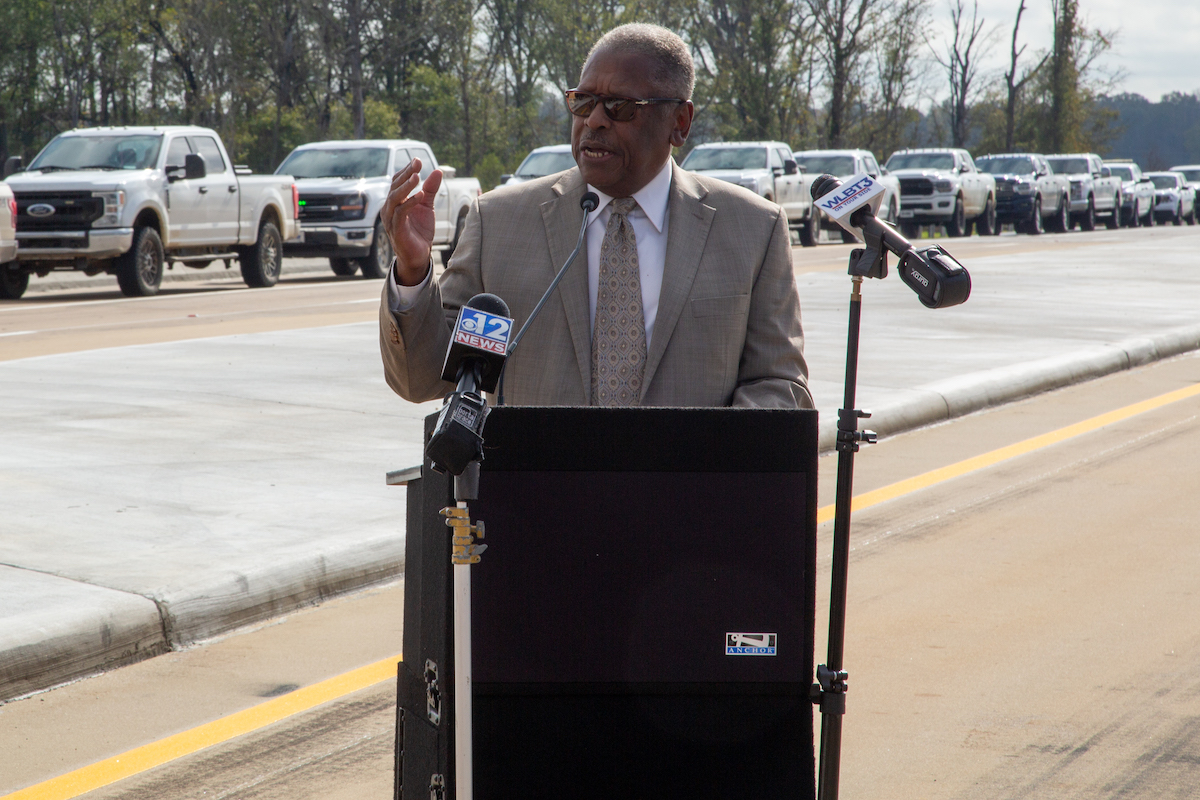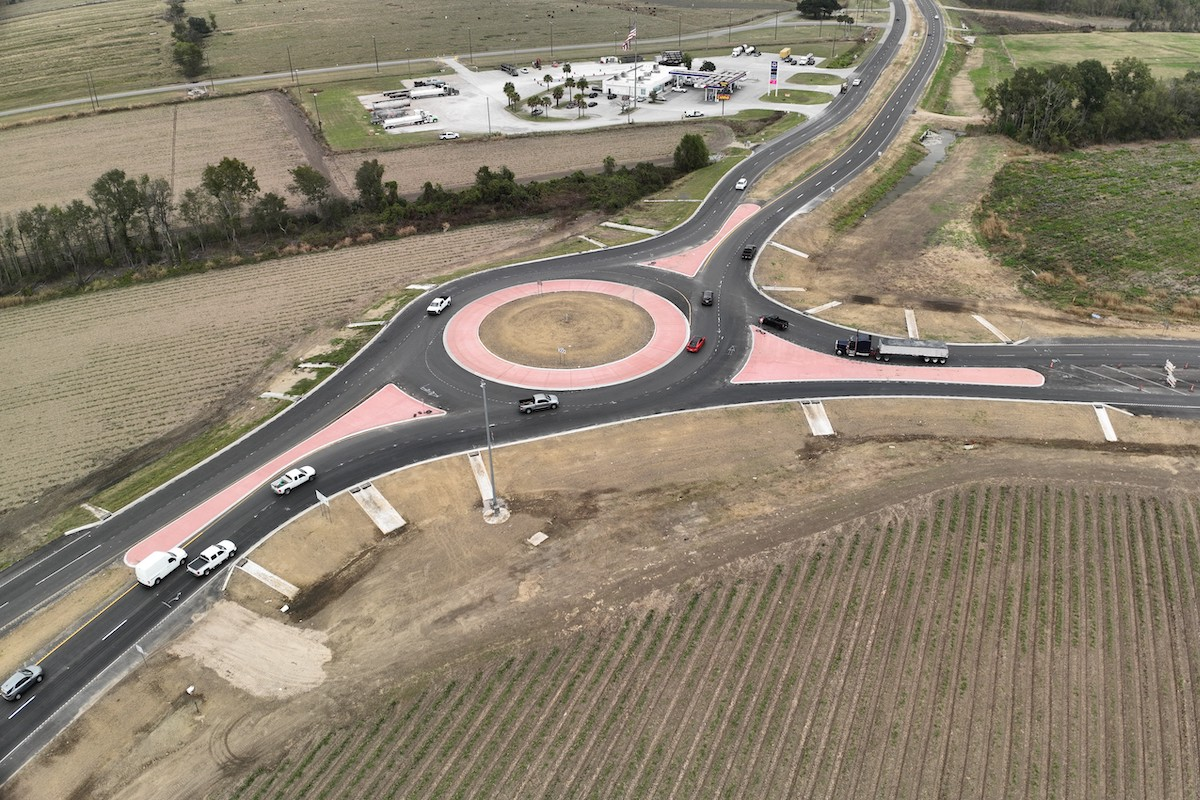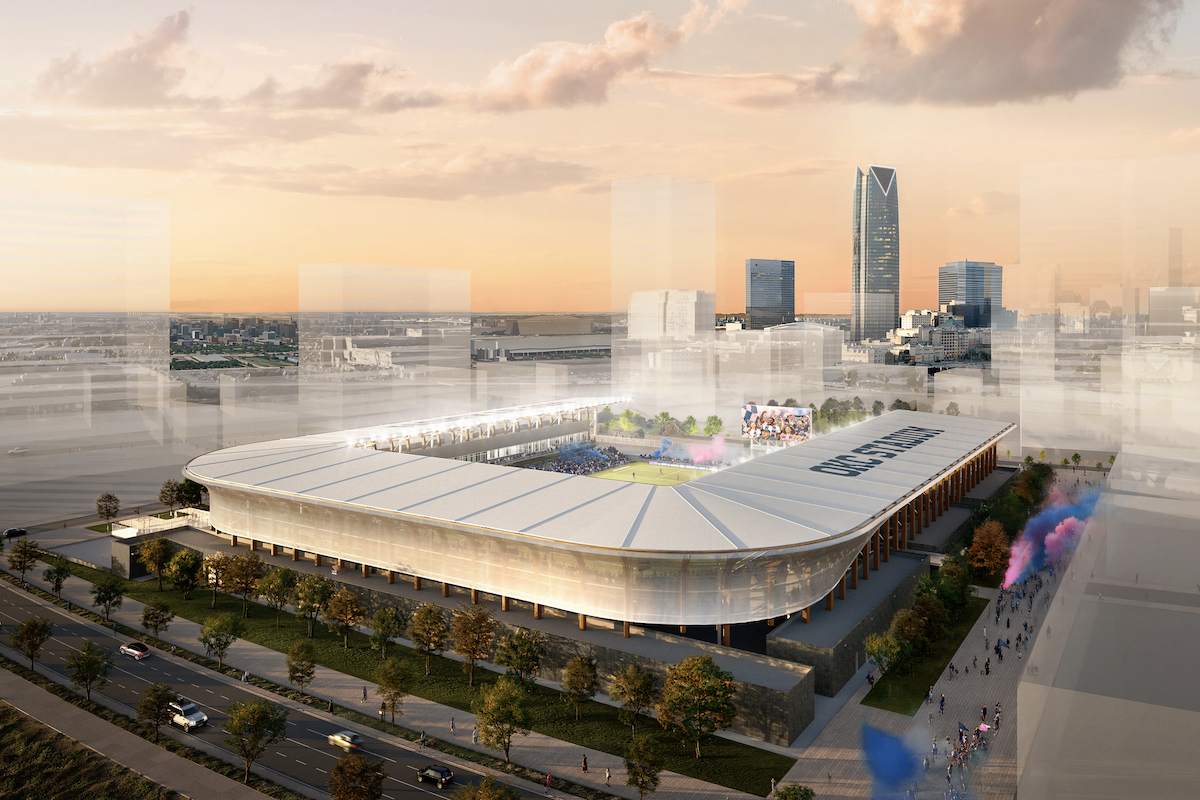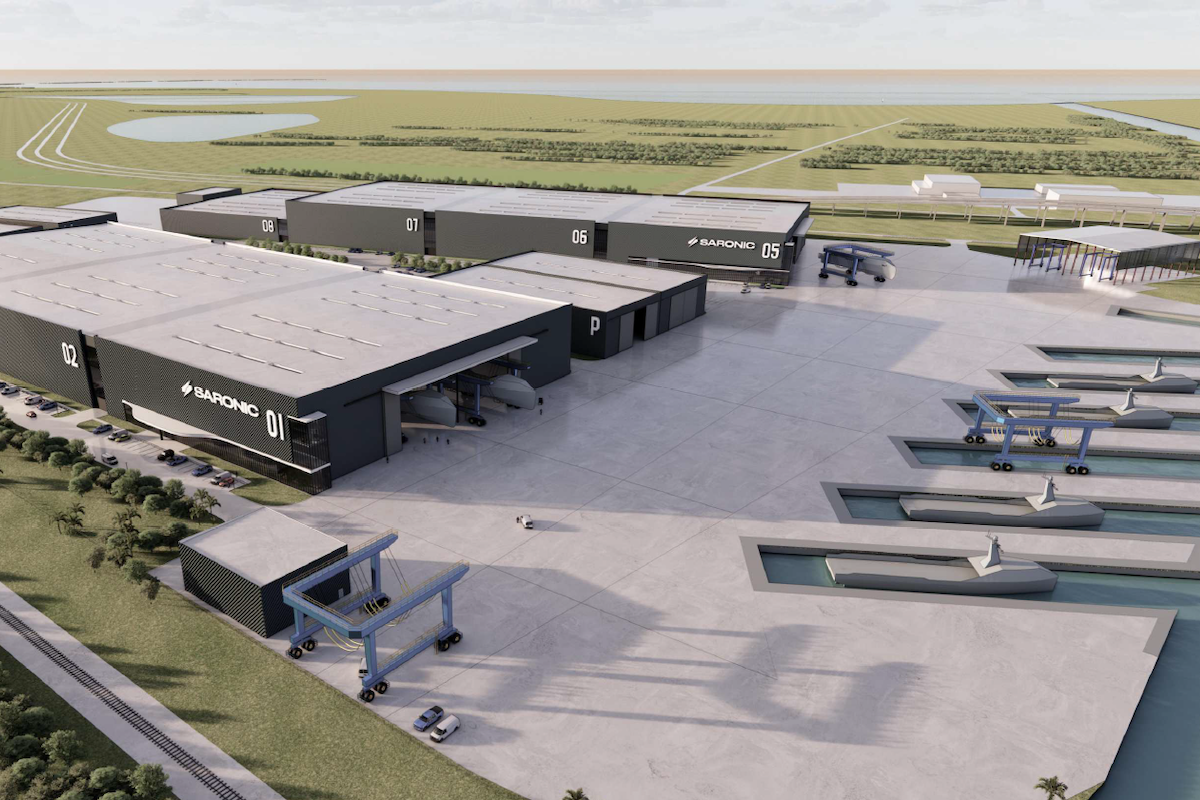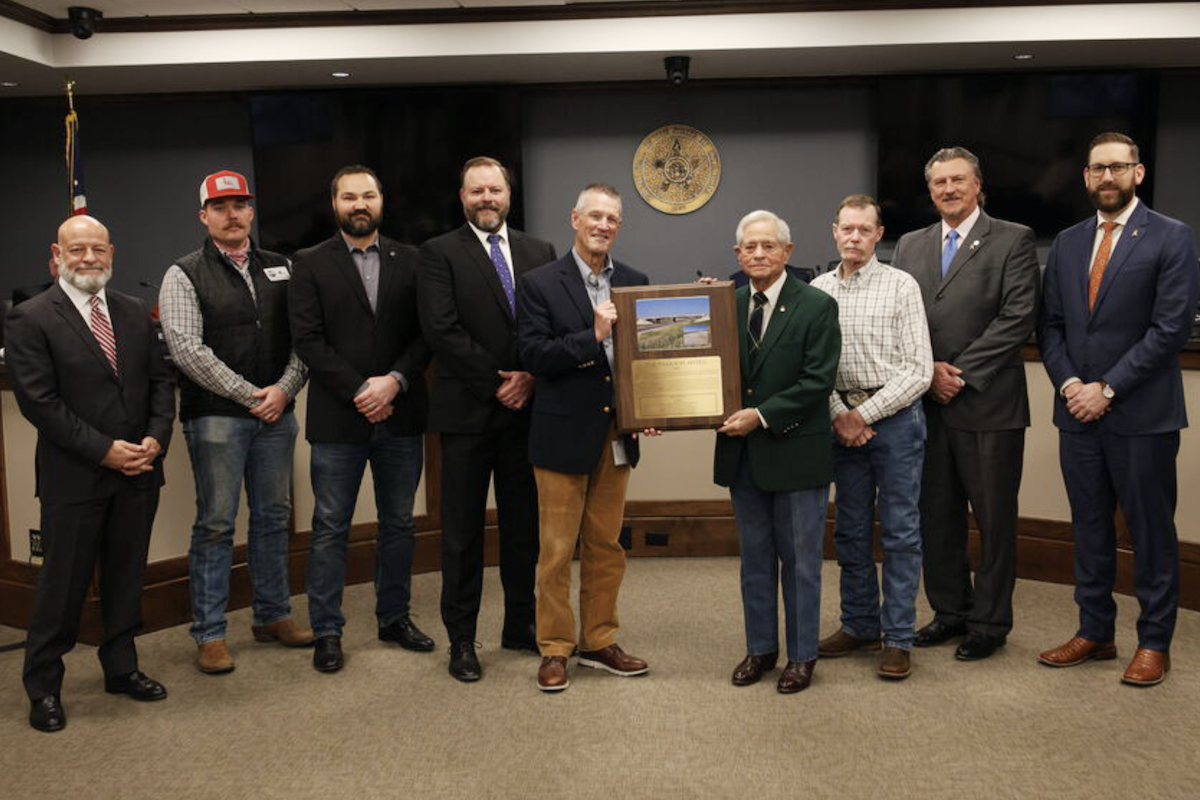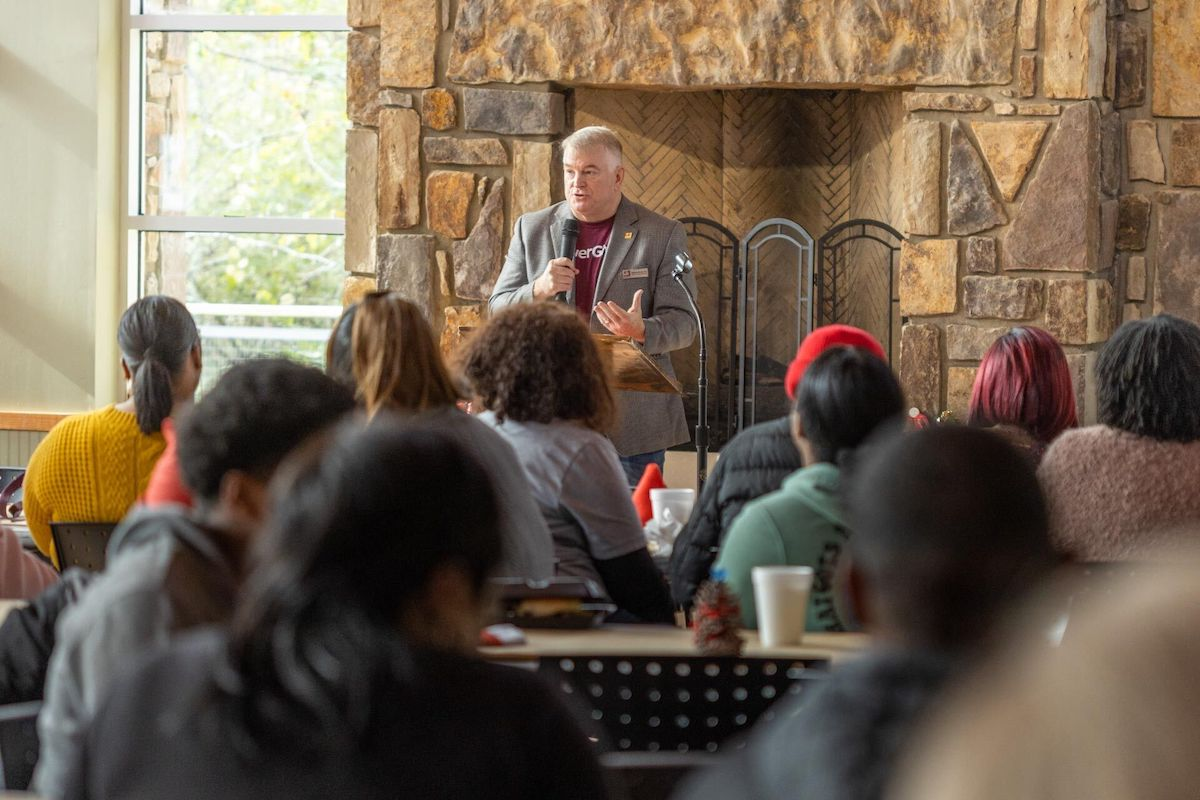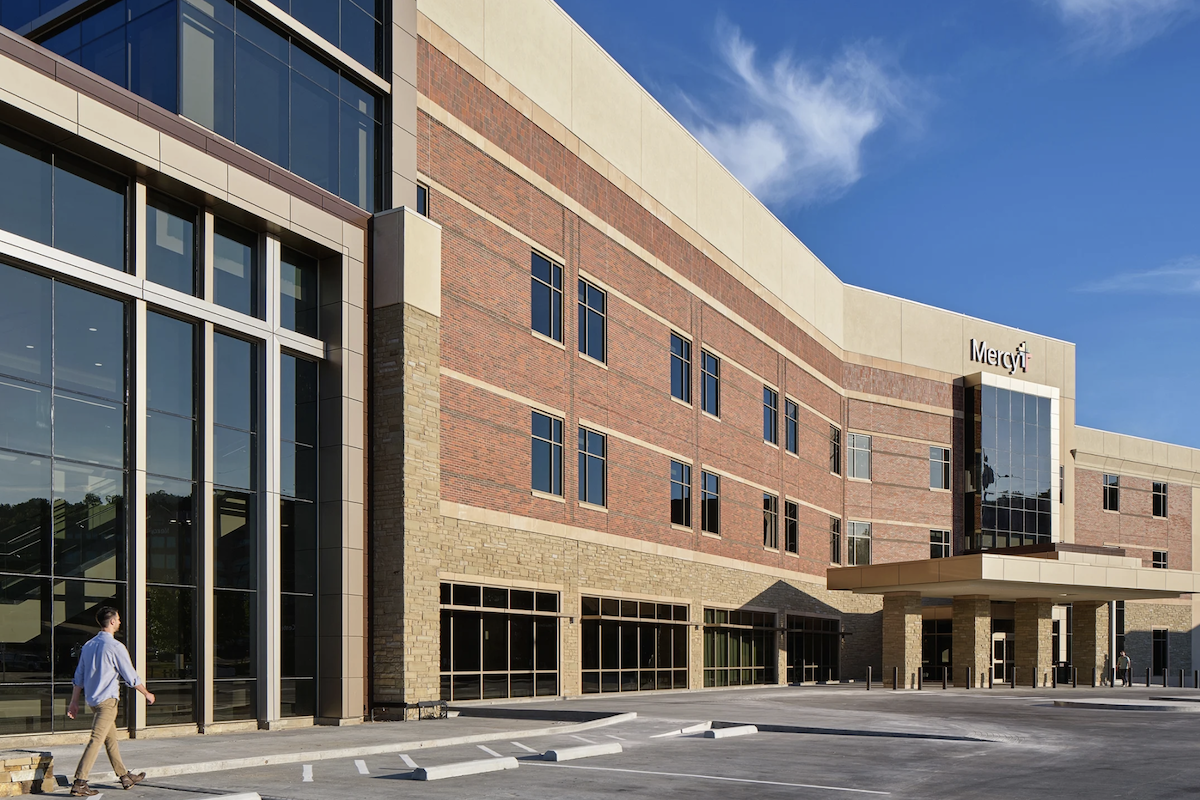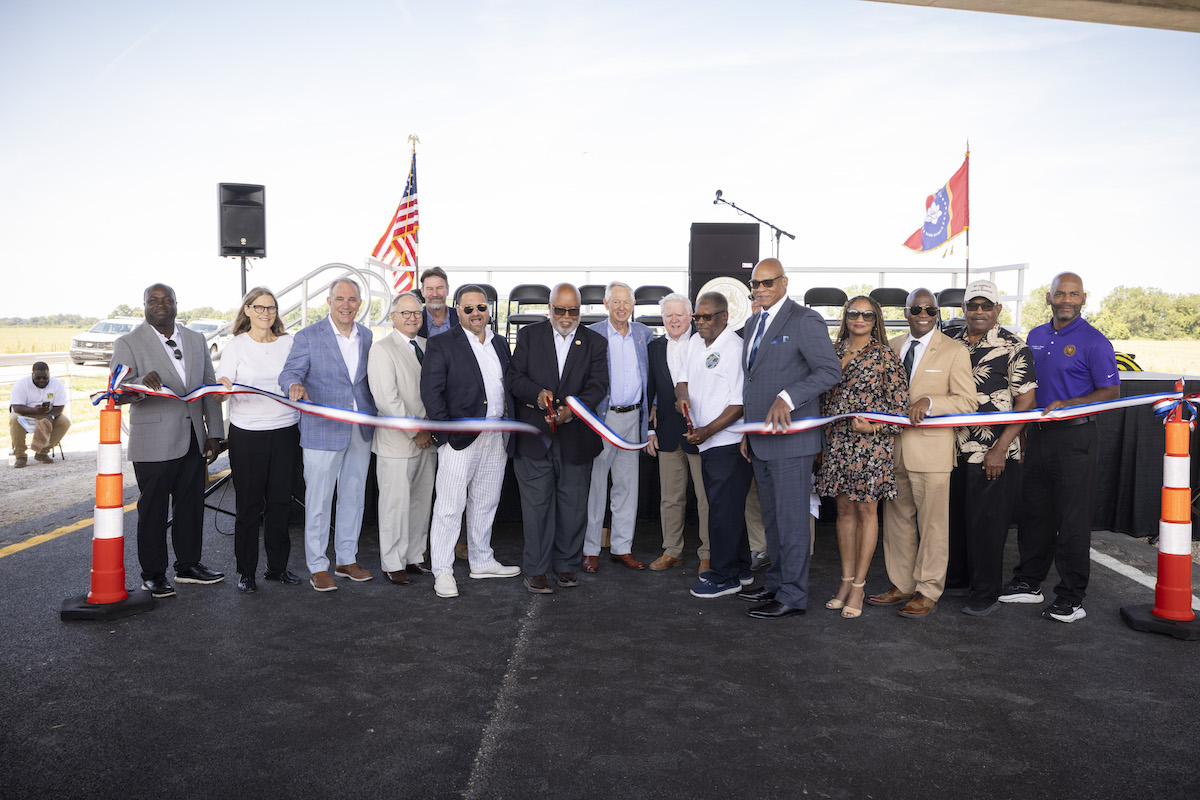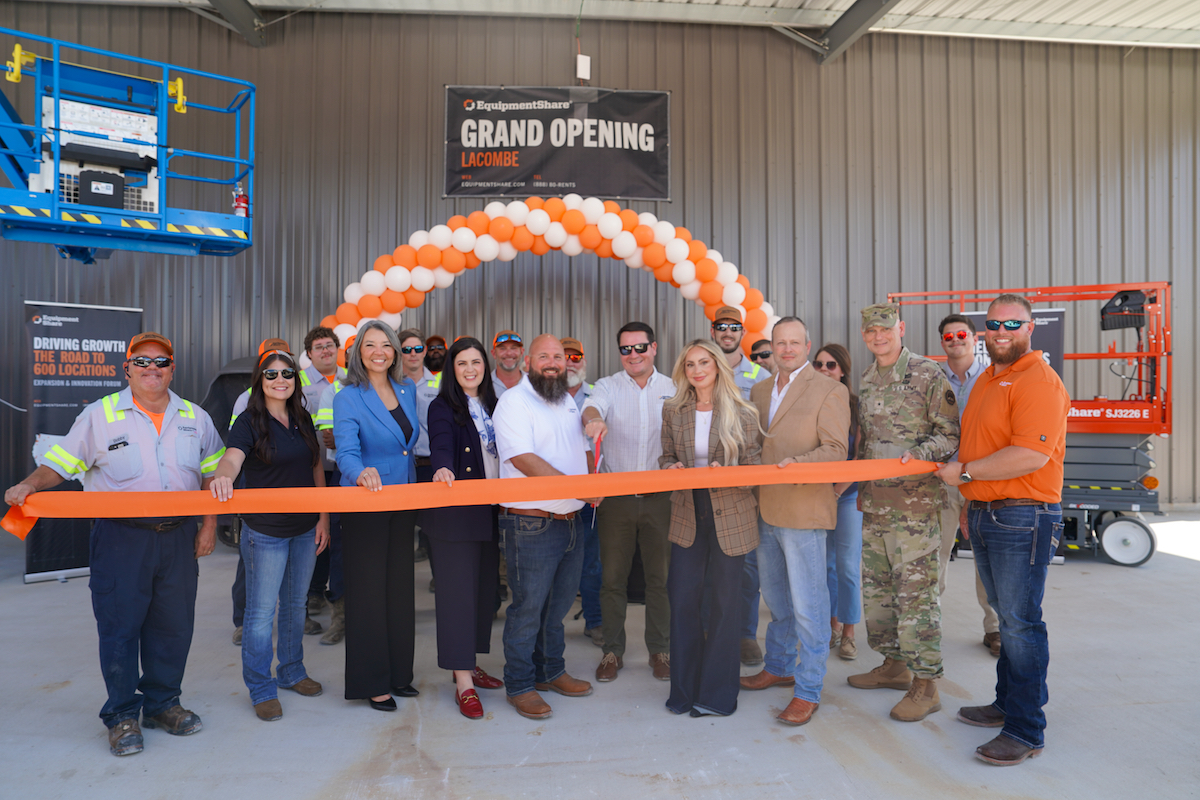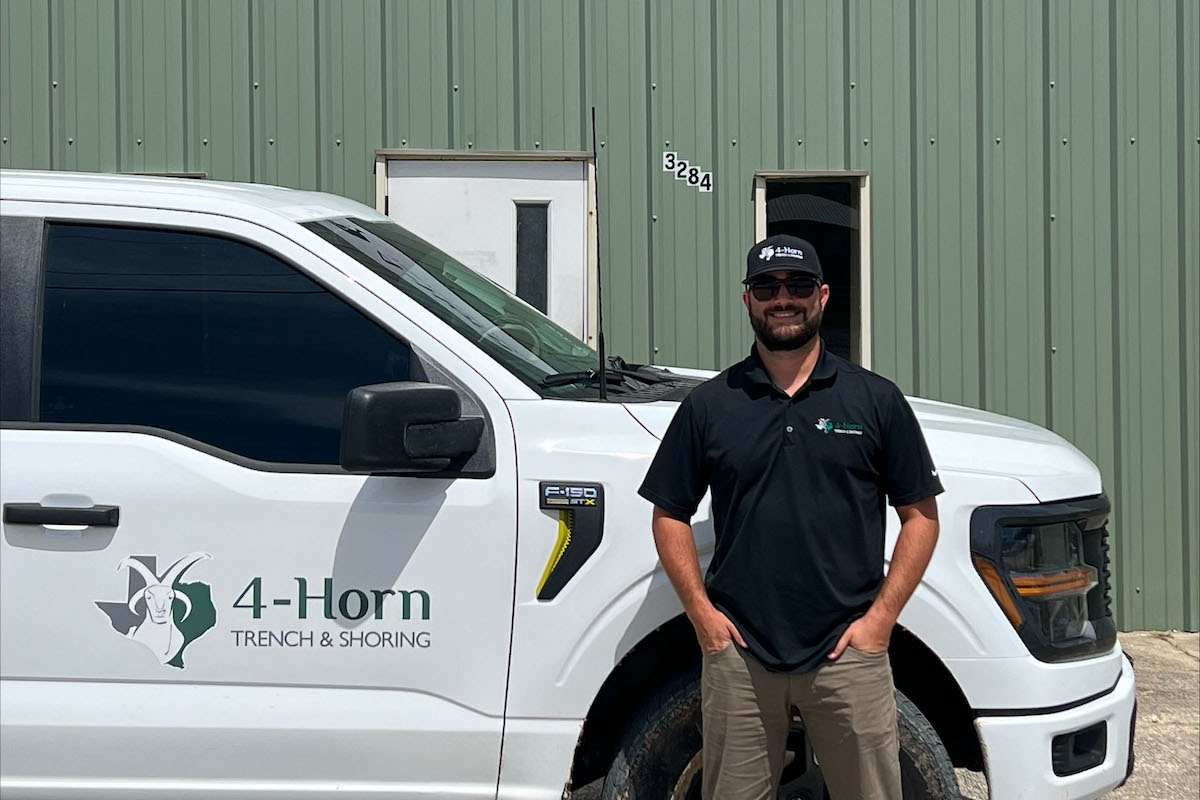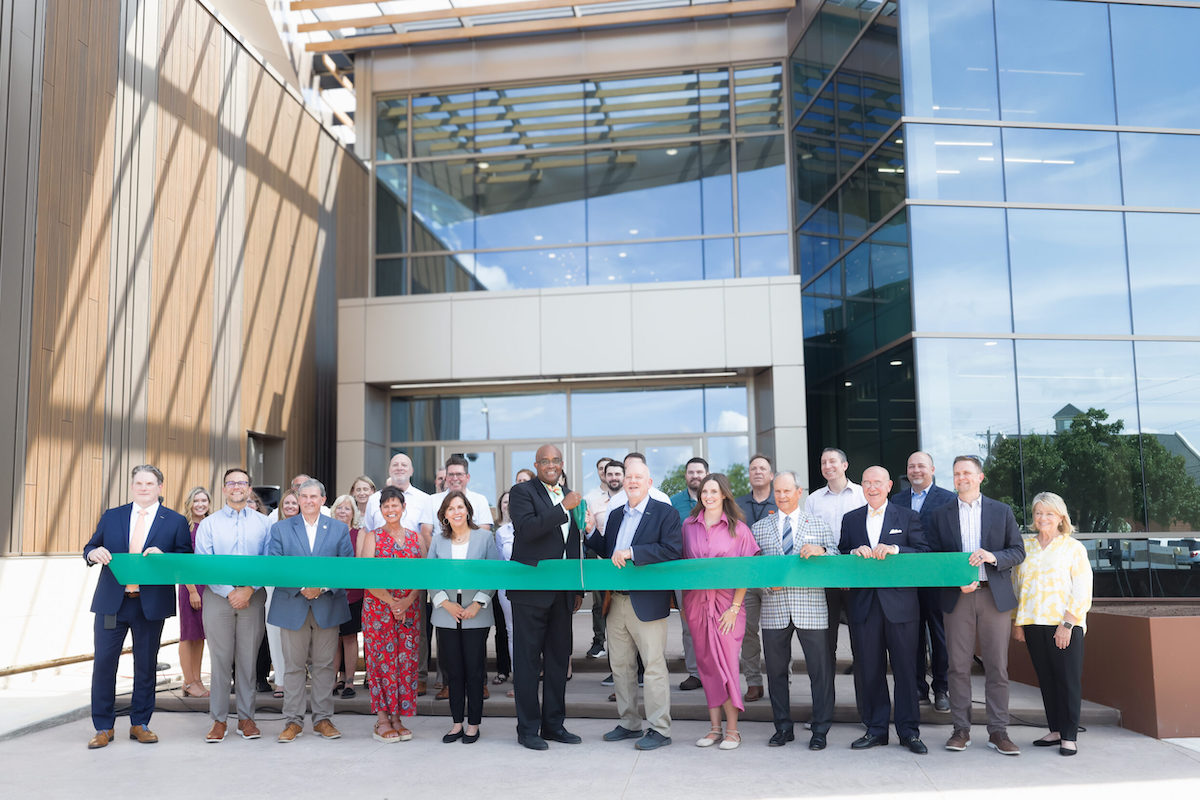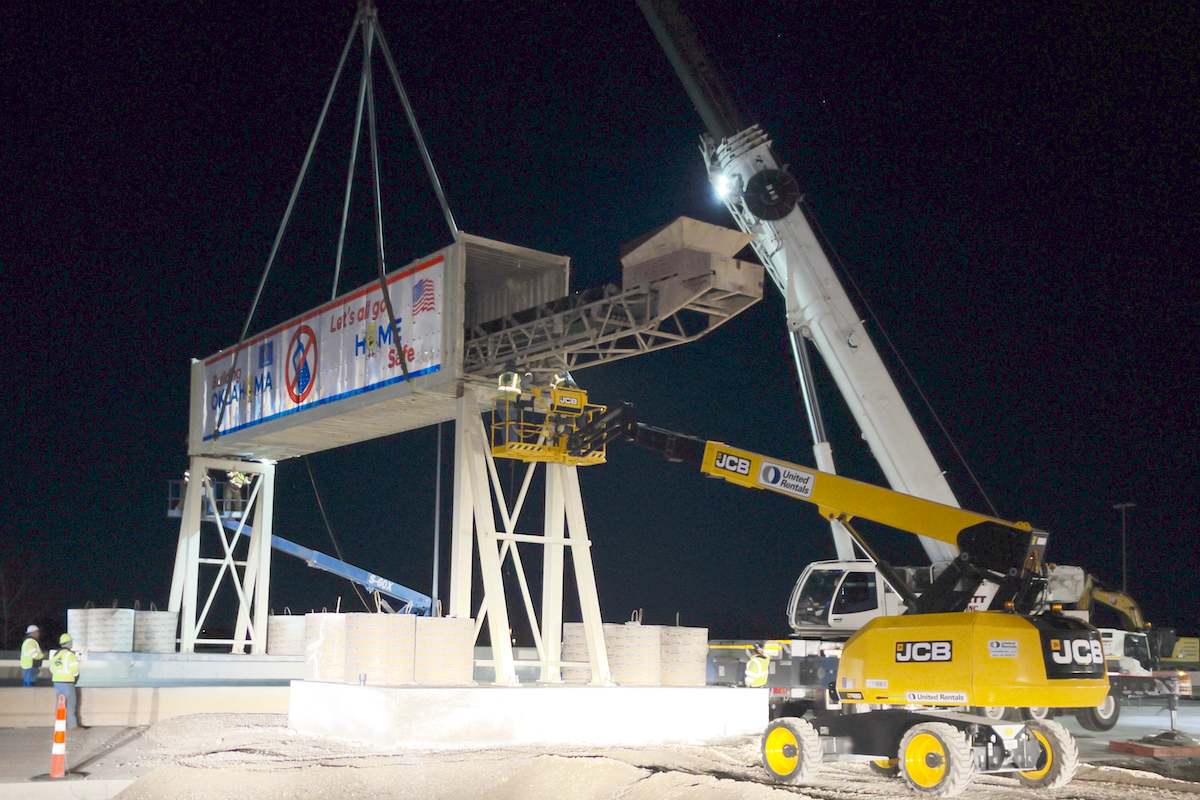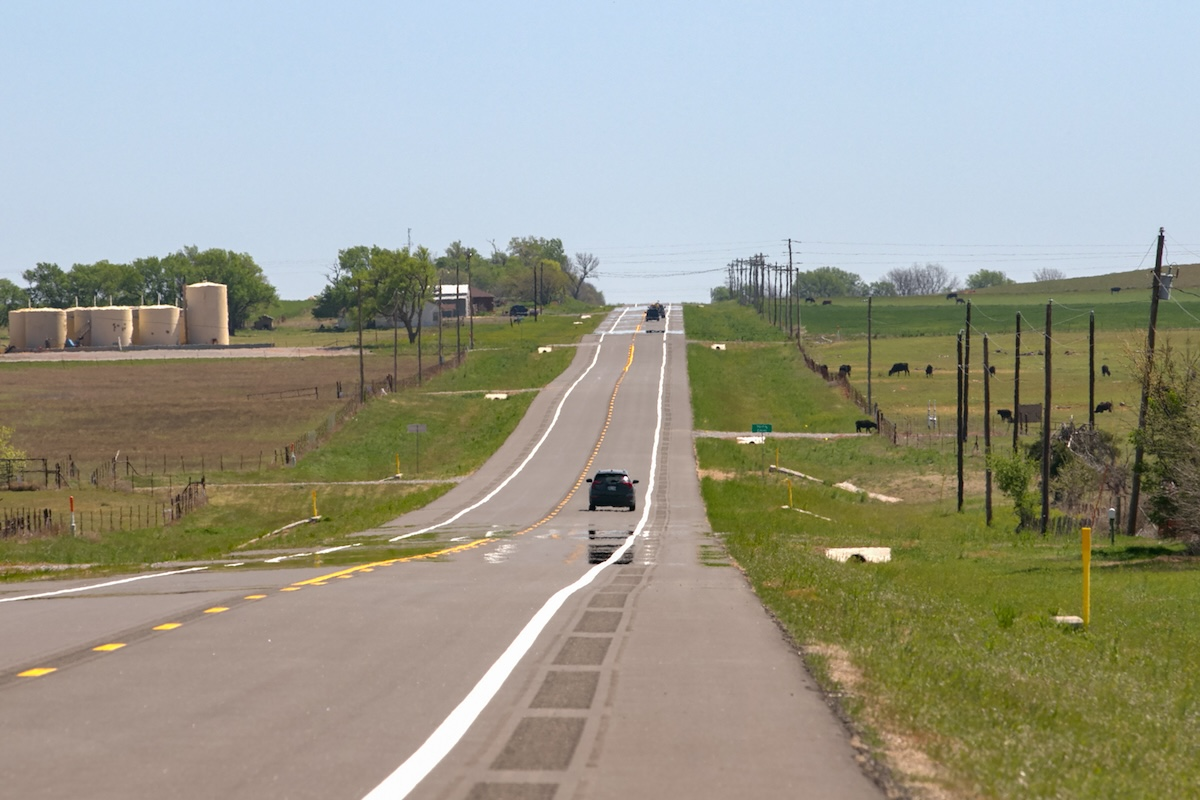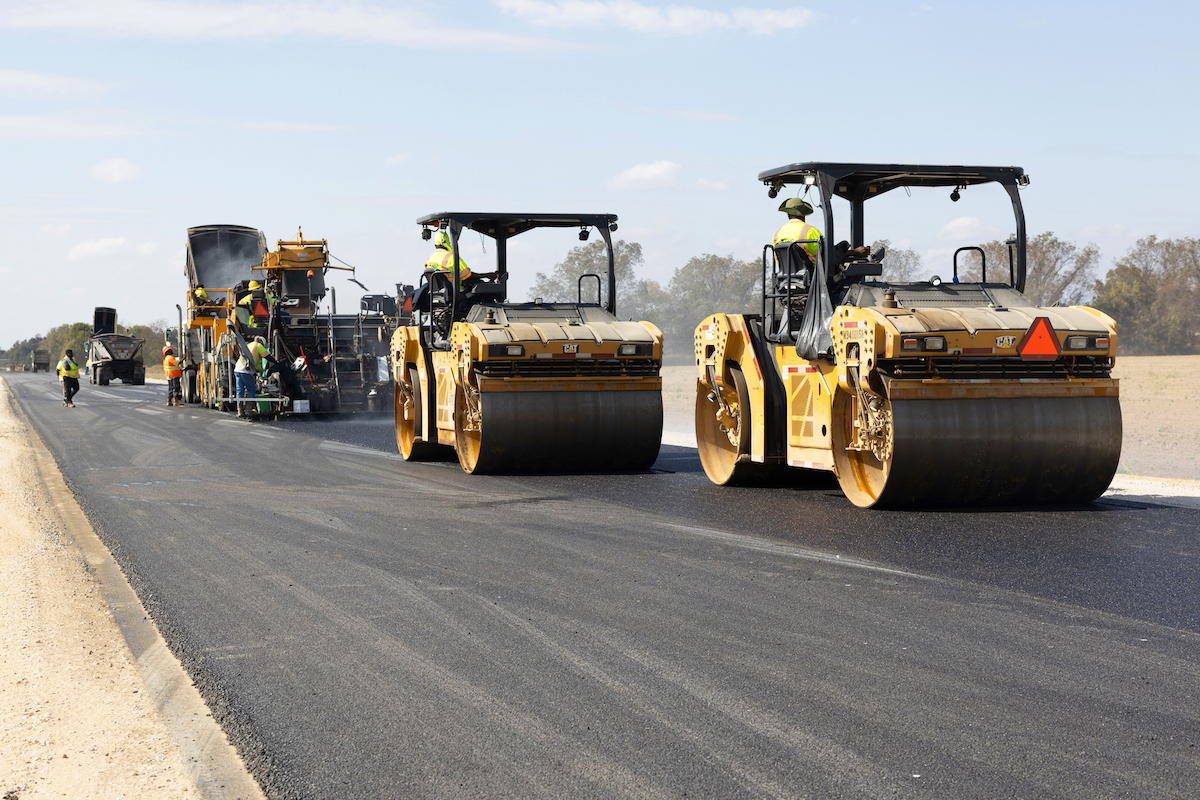The area has not had a major rebuild in more than 50 years and is at the end of its useful life. The existing curb and gutter are deteriorating, and the asphalt pavement is rutting and cracking. The road surface is rough and traps water in the ruts.
“The lanes are narrow and are difficult to maneuver, and the alignment is not ideal,” said Tim Wicks, a Project Engineering Supervisor for SDDOT. Other issues include the area utilities that need an upgrade.
The project will focus on the reconstruction of the four-lane highway with Portland Cement Concrete (PCC). Wicks said that the team chose PCC Pavement because it is more durable, will not rut, and requires less maintenance. A new suspended sidewalk will also be installed at street level, hanging on the outside of the retaining wall for Fall River.
“The idea was to have an aesthetically pleasing walkway and to make more room for parking and a larger sidewalk,” Wicks said.

| Your local Wirtgen America dealer |
|---|
| Kirby-Smith Machinery |
Other project elements include:
- Updating storm sewer equipment in conjunction with the City of Hot Springs’ water and sanitary sewer main upgrades
- Replacing bridge approach slabs so they can be tied into the concrete pavement
- Street lighting
- Curb and gutter
Wicks said that upon completion of the project, the highway will meet current standards for intersections, ADA access, and lighting.
“In general, urban projects are very challenging because of the presence of existing utilities beneath the roadway surface,” Wicks said. Replacing old infrastructure, including aging pipes (water and sewer) has slowed the project and has been more extensive than anticipated. Sewer backups have frustrated local business owners.
The team has discovered many unknown pipes, vaults, culverts, etc., that did not appear on the plans. One example of this is the existing deteriorated sewer lines that appeared to be left in place on the plans. New storm inlets were placed above these sewer lines with only about 6 inches to 8 inches of cover.
“The exact locations of the utilities are not always available, so adjustments need to be made in real time while the construction is in progress so everything can remain functional and service interruptions are kept to a minimum,” Wicks said.
The discoveries have led to regular changes in the scope. For example, after the project was awarded, the city discovered that an additional 2,000-plus linear feet of water main services needed to be replaced.
A second challenge the team faces is related to the width of the highway. “The narrowness of North River Street is making it difficult and sometimes impossible to maintain two-way traffic,” Wicks said.
The contract requires access to all residences and businesses while maintaining traffic flow and keeping delays as short as possible. In certain places, there is only enough room for one-way traffic. Therefore, each direction takes turns, and the traffic flow is controlled with temporary traffic signals.
SDDOT made these stipulations to help local businesses and keep traffic flowing. The construction crews and SDDOT are in constant communication, and they adjust locations and elevations as soon as possible to minimize the duration of construction.
The working conditions are made more complicated by the area buildings. The over 100-year-old buildings that border the project require 24/7 vibration monitoring and non-typical construction methods. The aged buildings have led the team to use smaller equipment for demolition and removal. They use low-frequency vibration methods for subgrade compaction.
The team has also put extra care into traffic and pedestrian accessibility. According to the City of Hot Springs’ website, Hot Springs began catering to veterans in the early 1900s and became known as “The Veteran’s Town” around WWII. The community has facilities geared toward veterans and includes them “in the everyday lives and activities of Hot Springs residents."
Because of the city’s veteran residents, every temporary route must be ADA-compliant. However, the area outside the project location is not ADA-compatible, which complicates the process for the team.
This project was in design for nearly 12 years before the city put it out for bid. Like everything else, plans age. There have been over 30 revisions to the plan since work began.
The firm has worked with SDDOT regularly for more than 15 years. “Complete Concrete and their subcontractors have the equipment and experience to complete the work that is required for this urban street reconstruction project,” Wicks said. Along with being the lowest bidder, these factors led the contractor to win the project.
The project is on budget as of the writing of this article. Wicks credits this to the team sticking to the original project design as much as possible. However, the additional water line work drove up the project cost. Wicks said that additional budget approval is available for necessary additions to the work, per the underground utility component of this project.
Begun in March 2021, the original timeline for the project called for a 2022 completion date. Yet, multiple rain and snow storms delayed the projects for days after they took place. This issue and the unanticipated utility issues have led to a new anticipated construction completion date of December 2024. The project is beyond the original schedule.
“The unknowns of the locations and the conditions of the underground utilities along with additional water and sanitary sewer work have been the biggest contributing factor to project delays,” Wicks said.
Upon completing the Hot Springs Urban Reconstruction project, locals and tourists will enjoy a new modernized roadway that should meet the public’s needs for 40 to 50 years with very little maintenance. Pedestrians will also enjoy a new walkway that is ADA-compliant.
- Owner: South Dakota Department of Transportation
- Project Engineer: Avid4 Engineering, Rapid City, South Dakota
- General Contractor: Complete Concrete, Rapid City, South Dakota (concrete paving)
- Subcontractors: DRM (underground utilities and earthwork), Muth Electric (lighting and signalization), TSC (traffic control), Three Sons (erosion control, seeding, sodding), All Metal (city’s suspended sidewalk)




















